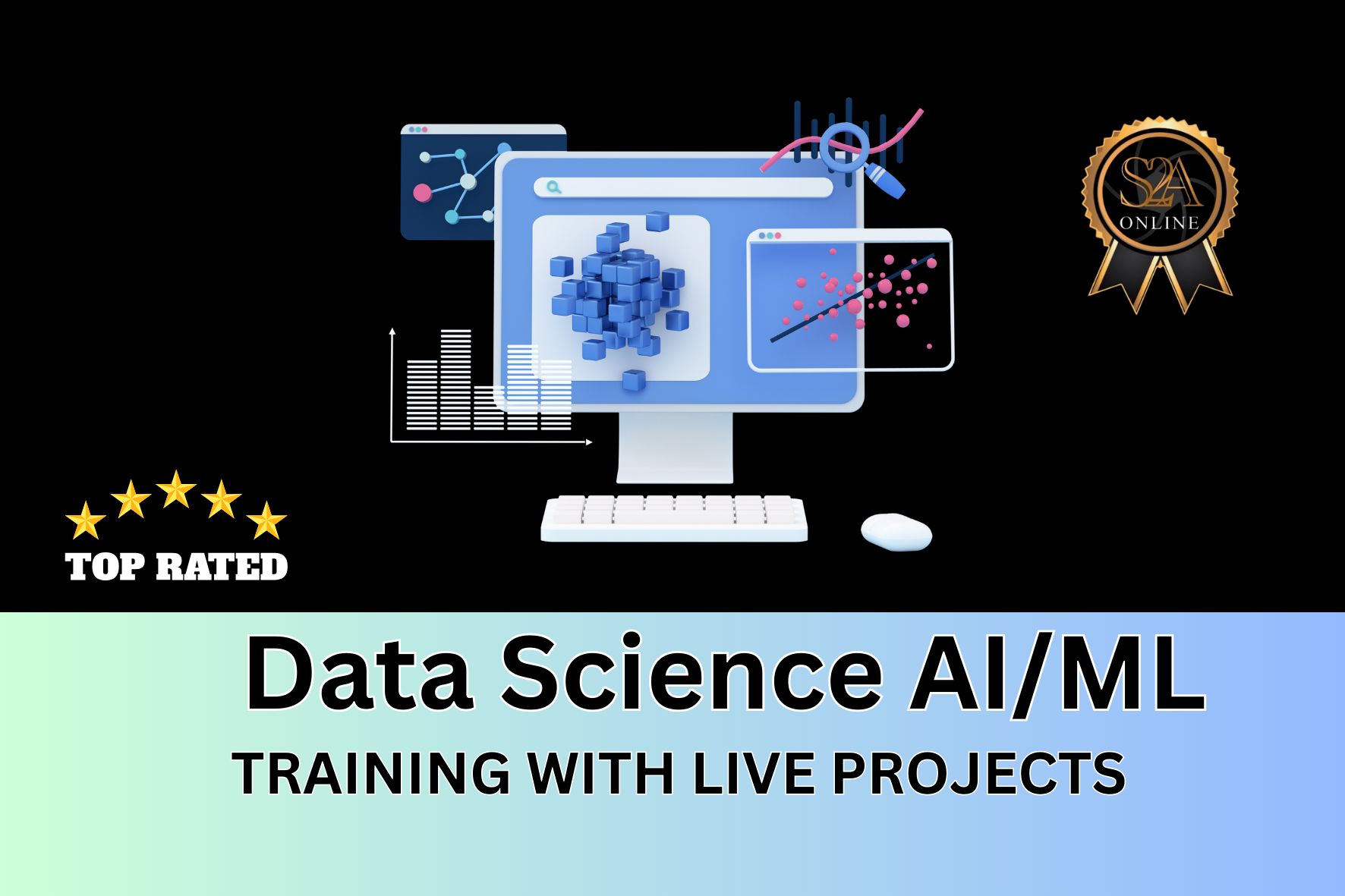Data Science AI/ ML

About Course
Data Science and AI/ML Masterclass (Online Live Interaction Classes)
Internship with Live Projects
Unlock the power of data and propel your career forward with our comprehensive online course on Data Science, Artificial Intelligence (AI), and Machine Learning (ML). In today’s data-driven world, organizations are seeking skilled professionals who can turn raw data into actionable insights and make informed decisions. This course is designed to equip you with the essential knowledge and hands-on skills needed to thrive in the dynamic field of data science.
Classes Duration
- Weekend Session Duration ( 2 Months) 2 Sessions Per Week of 2 Hours
- Weekday Session Schedule ( 1 Months ) 4 Sessions Per Week of 2 Hours
Student Ratings & Reviews

No Review Yet
